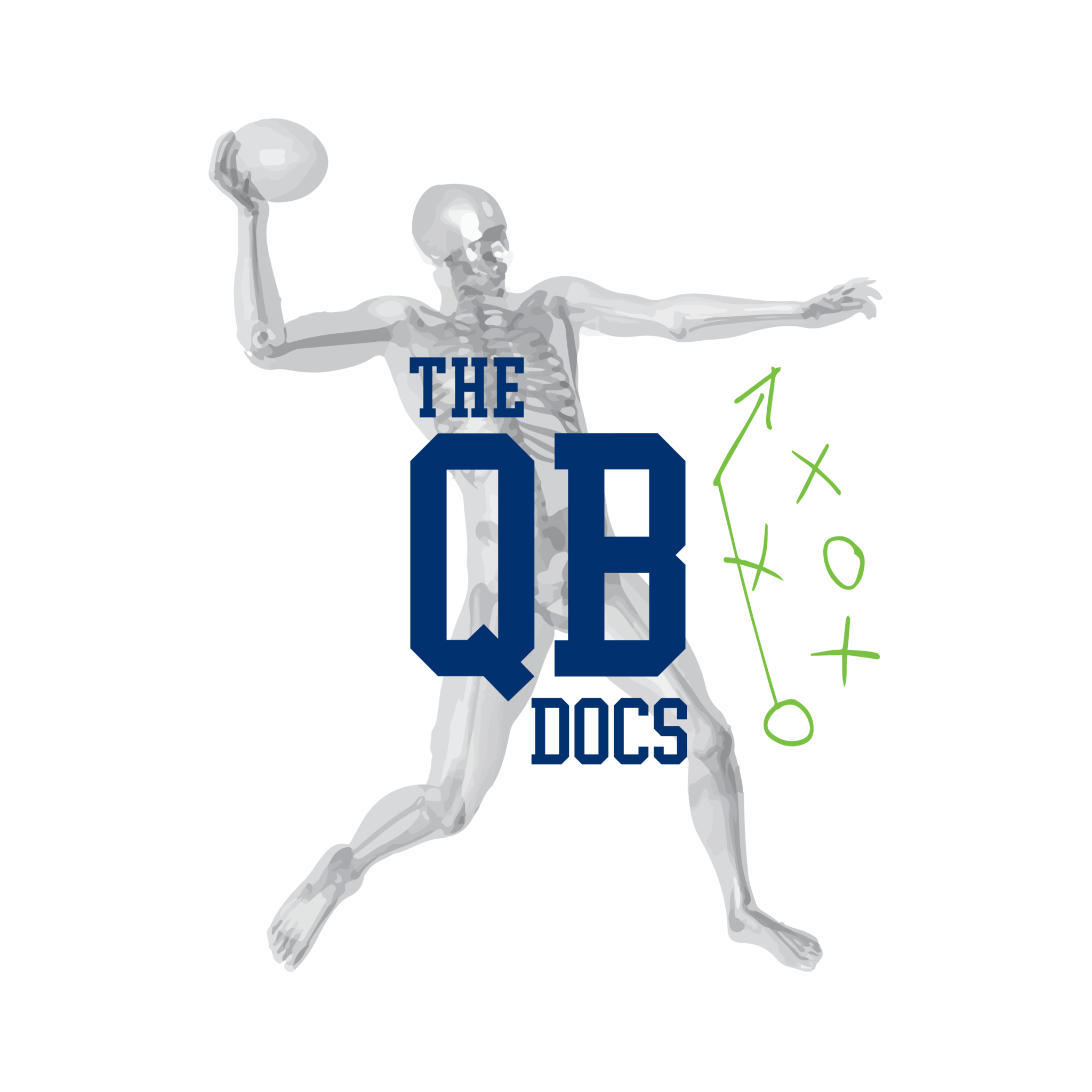by Drew Kiel | Jun 3, 2020 | Physical Therapy, Quarterback Training
One of the questions that we most often get asked is “how do I fix my shoulder pain?” This is a very tough question for us to answer as the shoulder girdle is the most complex set of joints in the human body. There are many variables that will dictate the performance of the shoulder, especially when elevating the arm, that include the resting position of scapula, length of musculature that attaches to scapula, position of rib cage, strength of the muscles that attach to scapula, and the motor control of the actual movement that needs to be performed. If one of these variables is dysfunctional, then pain is likely for a quarterback that has to elevate the arm overhead to throw for thousands of repetitions. Today, we talk ALL about shoulder pain and give you a ton of exercises to fix it!
by Drew Kiel | May 27, 2020 | Physical Therapy, Quarterback Training
Most quarterbacks are gym rats when it comes to being in the weight room getting stronger, watching film, and on the field getting their reps throwing the football. The problem is that there is often times a discrepancy between the amount of time being put in to get better and how much improvement there actually is for the quarterback. The reason for this is that for most players, there is a lack of specificity in what they are doing to get better. This is especially true in the weight room. Today, we want to talk about 4 areas of the body that are often times forgotten to be trained by quarterbacks and why these areas are so important for proper QB performance on the field.
by Drew Kiel | May 20, 2020 | Physical Therapy, Quarterback Training
One of my favorite sayings by physical therapist Kelly Starrett is that “athletes need to work from trunk to sleeve.” What does this mean exactly? Well, it means that when athletes are working to improve their performance, they have to work from the torso to the extremities. You have heard us talk about all of these syndromes that quarterbacks can present with during their throwing motion. These include lateral leaning, trailing leg, snapping leg, over extension, and over striding. What would you say if I were to tell you that there’s one common denominator that plays a role in causing all of these syndromes? Well, there is! It’s a physical therapy term that we call “lower crossed syndrome” and it affects nearly 80% of the athletes we see. Today, we will do a DEEP dive into what this is, how it affects the throwing motion, and steps players can take to try and fix it.
by Drew Kiel | May 13, 2020 | Physical Therapy, Quarterback Training
Quarterbacks and quarterback coaches all over the country always hear the terms “arm slot”, “arm talent”, and release point all the time when it comes to throwing mechanics. What actually does matter in the upper body mechanics though for a QB? Does it really matter how the quarterback brings the ball back? Is there an ideal area on how far a QB should load the ball back in his motion? We will answer these questions and many more as we break down what actually matters for quarterbacks when it comes to upper body mechanics during the throwing motion!
by Drew Kiel | May 6, 2020 | Physical Therapy, Quarterback Training
The throwing motion is an extremely complex movement and often times doesn’t get trained as intricately as it should by most coaches. One ideology that we promote often is that the QB will only throw the ball as well as his body allows him to throw it. Just like other complex movements such as the squat or the deadlift, there are many joints of the body moving all at one time in synchrony to be able to perform a very specific task. When there are mobility, stability, or motor control issues, complex movements become compensated movements very quickly, which predisposes the athlete to decreased performance and increased injury risk. One of these areas that is often times a glaring problem for the QB throwing motion is a lack of hip internal rotation on the drive leg. When a quarterback lacks hip internal rotation on the drive leg, there is automatically a disconnect between the ability to generate power through the hips and translate that power to the trunk, and then up to the rest of the body. Today, we want to give you a literal step by step process that you can perform in order to increase the internal rotation range of motion!
